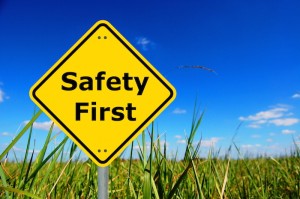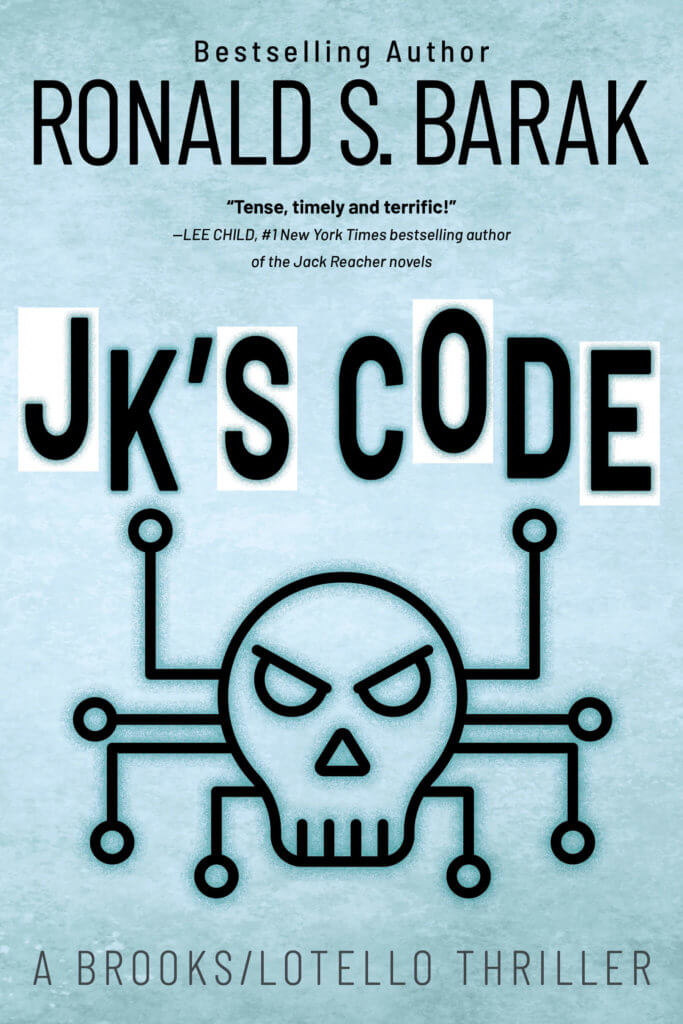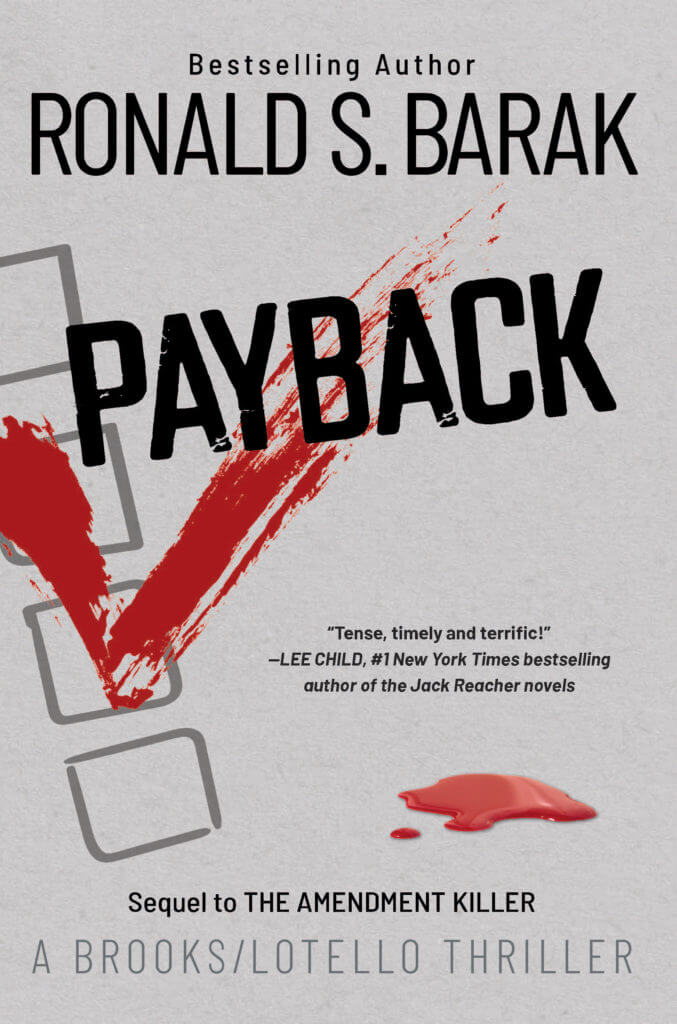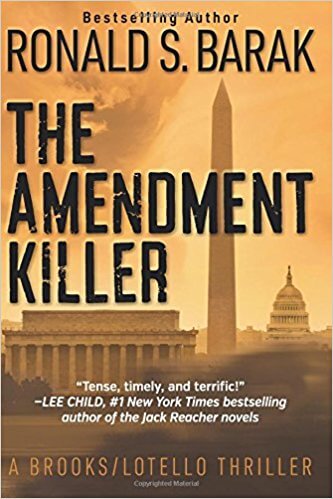The findings are that the June 2015 Berkeley apartment bridge that collapsed leading to the loss of six lives was not carrying too much human weight. The question then is why the bridge collapsed and whether that could reasonably have been avoided?
It apparently collapsed due to water intrusion, which caused dry rot that weakened the structure. It could–and should–have been avoided.
Once is sad. Not learning from our mistakes where human life is concerned would be more than sad. It would be unforgivable.
Will our political leaders promptly jump on top of this? Perhaps not if “we the people” don’t let them know—loud and clear—what we expect of them. Over and over. Until they listen.
So, let’s sort it out and get it right.
Were the design plans originally checked for soundness by the Building and Safety Department (BSD)? They were checked and they were sound. Check and check.
Was the construction originally checked by the BSD to assure that the work performed and the materials used were design compliant? Yes. Check and check.
Water intrusion is a known universal and insidious problem in every real property project. Avoiding it is beyond human capability. Catching it is not. The question, then, is whether the bridge was subsequently reviewed periodically by the BSD for adequate ongoing maintenance and repair by the apartment owner to assure the absence of water intrusion and resulting dry rot weakness that, by definition, would render the original design and construction for human safety moot?
Turns out that BSDs across the country have no procedures in place to confirm that apartment owners aren’t getting lazy to save a buck or two in avoiding deferred maintenance where the foreseeable downside is threat to human safety. Apartment owners are humans too. They can’t all reasonably be expected to responsibly self-police such ongoing maintenance.
The problem is we can’t know who will and who won’t. By process of elimination, and deduction, here, this apartment owner did not. So we have to check them all. Make sure they all are on their toes.
The lesson to be learned here is that this check has to be added to BSD responsibility.
The apartment owner here will be sued for negligent wrongful death. Where human life is at risk, the duty is high, probably absolute. The question is who will pay, the apartment owner or its insurer? Does it matter? The lives cannot be restored. The only winners here will be the lawyers.
How can this be corrected going forward? There are two possibilities. Either add this to BSD periodic responsibility and build in the staffing cost to original or annual permit fees imposed on apartment owners or require apartment owners to submit periodic third party certification at apartment owner expense by licensed engineers to be BSD verified for proper and timely filing. Either way, the costs will be added to the ultimate consumers, but can we afford not to bear this expense?
How often is “periodic”? Beats me. I’m a back seat, or front seat, driver, not an engineer. (Actually, I do have a college degree in physics, but I can’t change a lightbulb.) But this is not really a tough job for BSD engineers to determine, and conservatively so where human life is concerned.
This loss of life could have been avoided. It may be back seat driving. This time. It won’t be next time.
We have to be diligent to prevent repeat mistakes. “We”? That’s us folks, or we will be next. We need to speak up, to be heard, to be sure our BSDs add this to their watch lists. If we don’t, they won’t. If they don’t, some apartment owners will cut corners again—and this travesty will happen again. It’s not if, it’s when.
Join the discussion either by logging in just below or by signing into your favorite social media outlet. If you’re having trouble, please follow these instructions to guide you! Thanks!








